Article by Amanda Ward
Illustration by Fitz
(Lead Image from the 004 print edition of Southern Grit)
The history and future of sustenance in outer Earth orbit is testament to extraordinary feats of engineering, chemistry, and psychology. Space food has evolved dramatically since 1962 when John Glenn first squeezed applesauce and puréed beef with vegetables from metal tubes down a straw through a port in his helmet aboard Friendship 7. Today, astronauts enjoy expertly crafted cuisine light-years more palpable than the quasi-solid glop consumed by their predecessors.
Lack of refrigeration, limited storage, bacteria, noxious gases, and equipment damage from floating crumbs are just a few of the challenges of food consumption in microgravity. Early development was conducted by the military and modeled after the single-serving and self-contained Meal, Ready-to-Eat provided to soldiers. To achieve maximum shelf-stability and authenticity, space cuisine is prepared in a variety of forms. Irradiated, intermediate moisture, dehydrated, freeze-dried, and thermostabilized dishes have become effective methods of preservation. Food packaging is designed to be easy to use, small enough to store and dispose, and sturdy enough to keep fresh for long intervals. Foods are generally kept in cans with pull-off lids, plastic cups or retort pouches. To reconstitute their meals in orbit, astronauts add water from fuel cells or recycled air to the package through a small opening called a septum adapter. Foods are heated with an electro-resistive conduction oven.
——————————————————————————————————–
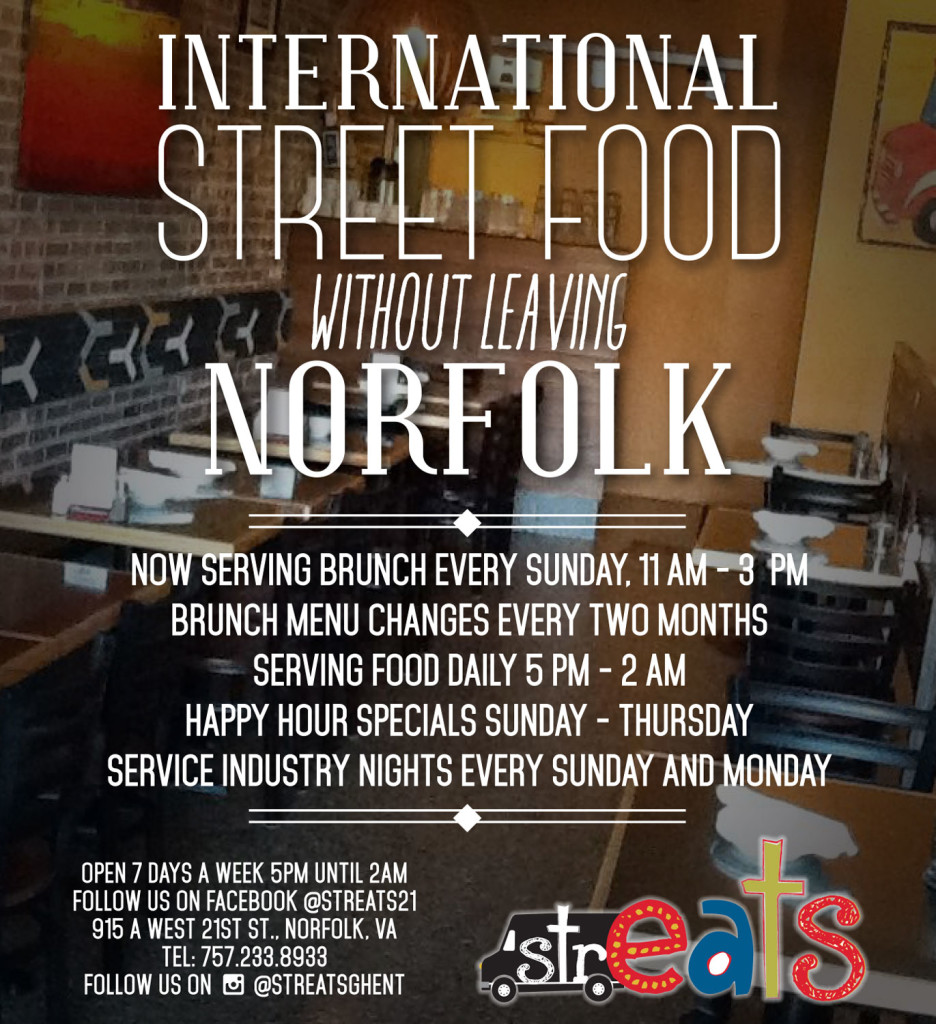
To learn more about the inspired street food available at Streats in Ghent visit them online HERE or click the flier above!
——————————————————————————————————–
Without the benefit of gravity, bodily fluids accumulate in the head, giving the astronauts rounder, cartoon-like faces. As they retain fluid, they also feel congested and lose their sense of smell which largely governs the pleasurable taste of food. Consequently, palates subject to low-gravity crave flavors that are predominantly spicy, sweet, or sour. This phenomenon is known as the Charlie Brown Effect. When combating inevitable blandness, hot sauce serves as a valuable commodity. Due to the effects of weightlessness on the human body, nutrition must be low in iron and sodium and contain extra calcium and vitamin D.
Food not only provides necessary nutrition for spacefarers, but also enhances the psychological well-being of the crew by establishing a familiar element in a foreign environment. With the increasing ethnic diversity of cosmic inhabitants, cultural representation and comfort foods have become decisive considerations. In 2008, South Korean scientists triumphantly engineered space kimchi after years of research and millions of dollars. Russian cosmonauts can choose from 300 items including goulash and borsch. Okonomiyaki pancakes and ramen are Japanese favorites. Spaghetti and meatballs, shrimp cocktail, hot dogs, tortillas, and beef jerky are the most popular requests.
——————————————————————————————————–
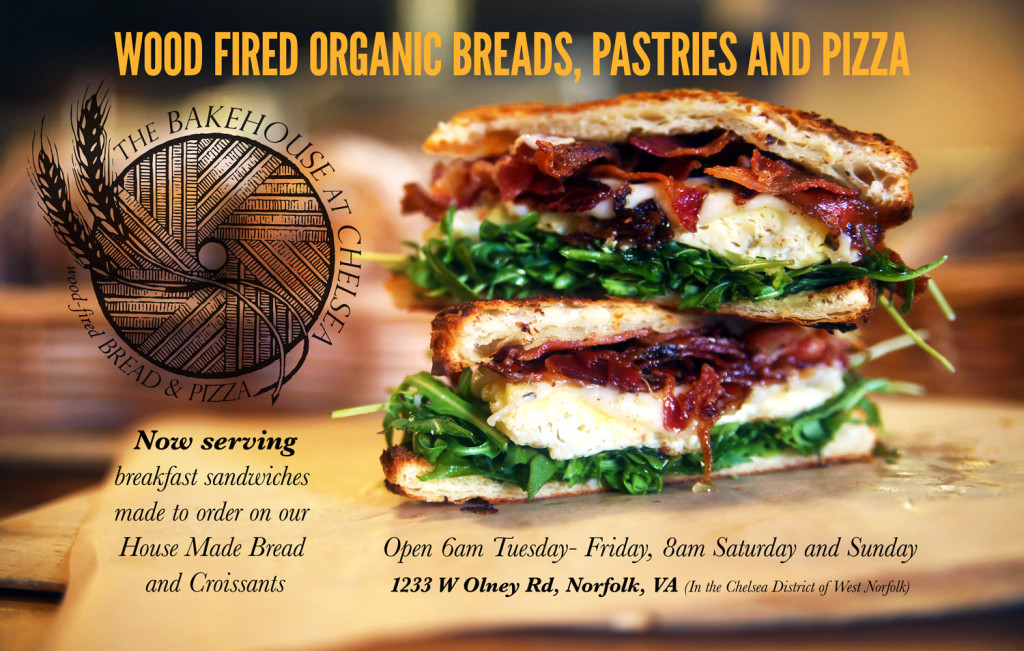
Simply one of the freshest and best breakfasts available in Norfolk! Visit The Bakehouse at Chelsea online HERE or click the flier above
——————————————————————————————————–
The culinary future of space exploration promises revolutionary innovations. For missions lasting years, hydroponic growth labs utilizing LED panels where astronauts grow vegetables, potatoes, soybeans, wheat, and rice will prove imperative. Anecdotally, Orbital Technologies Corporation recently outfitted the International Space Station with VEGGIE- the first space food production system. In August of this year, members of the ISS successfully harvested red romaine lettuce. Additionally, NASA has been exploring the feasibility of additive manufacturing, better known as 3D printing, for cultivating food during long distance spaceflights. The final frontier is indeed teeming with delicious possibilities.

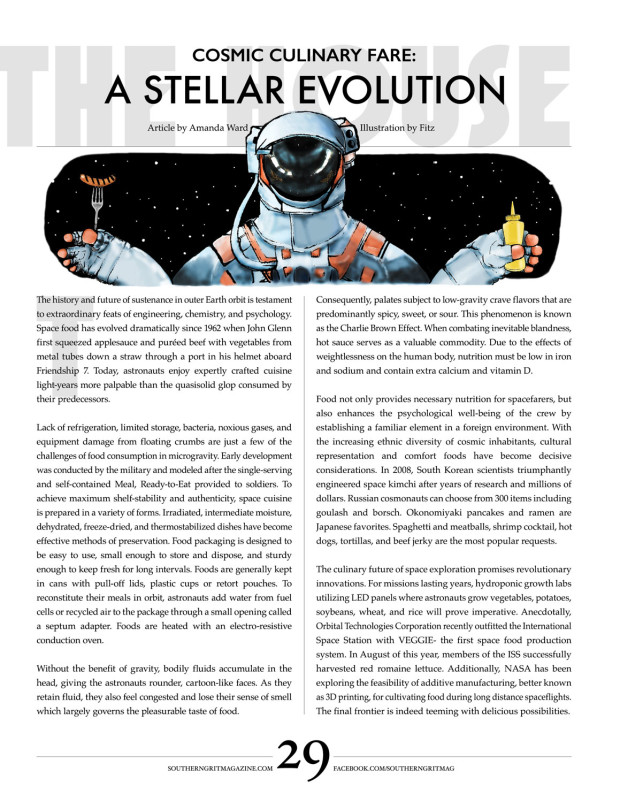

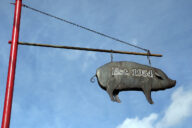
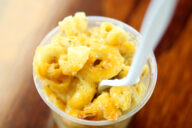
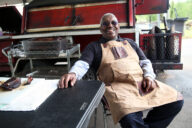

No Comments